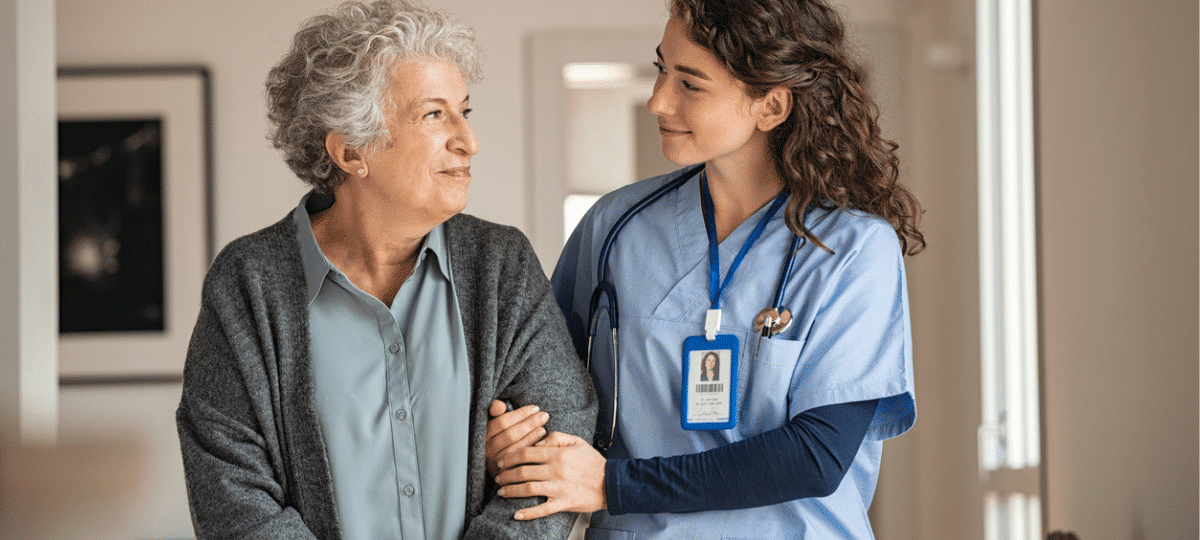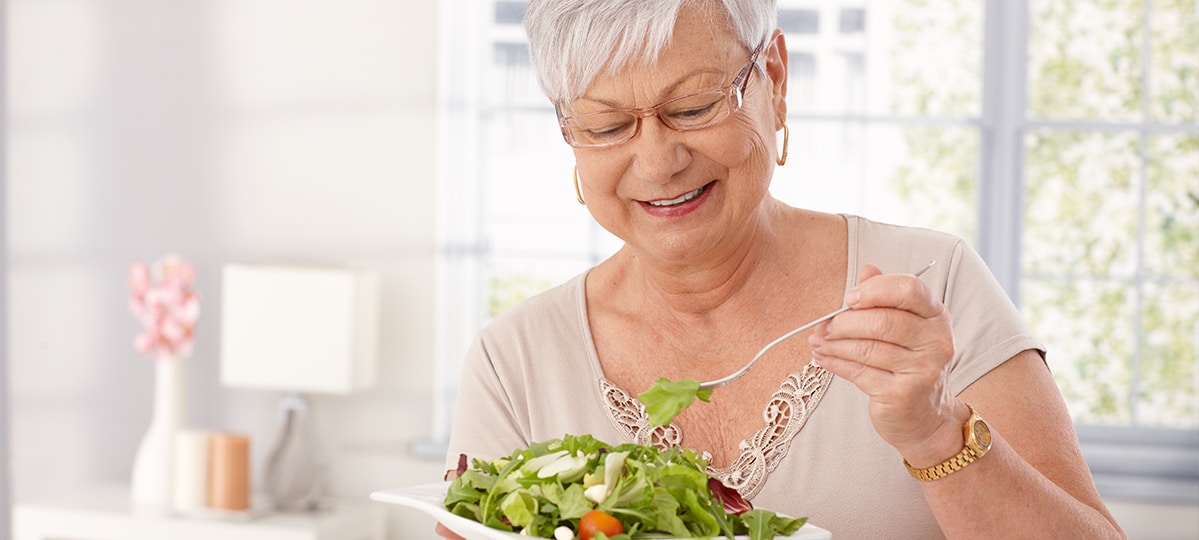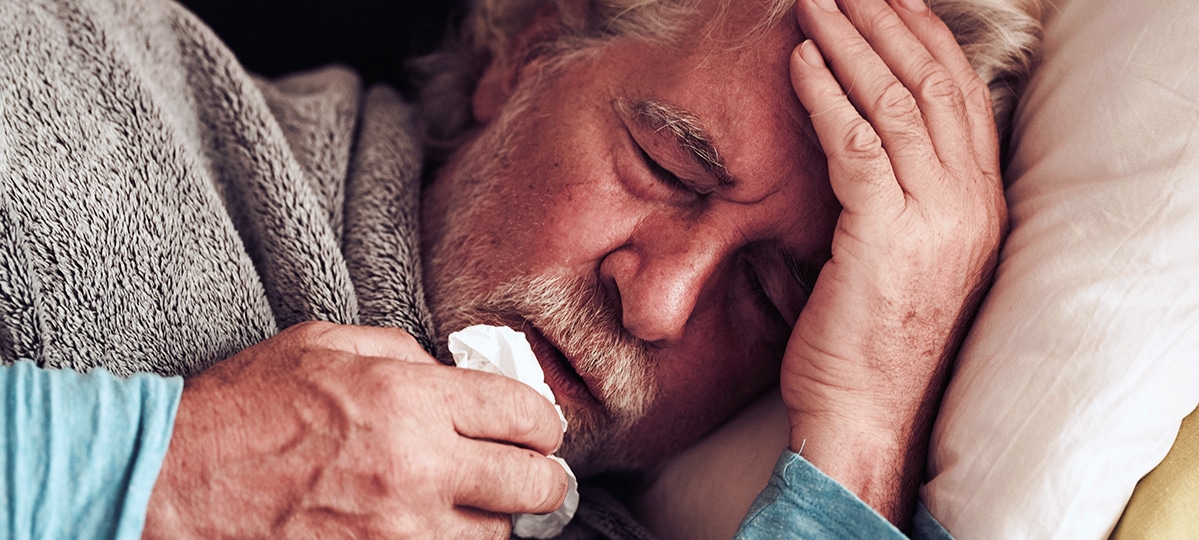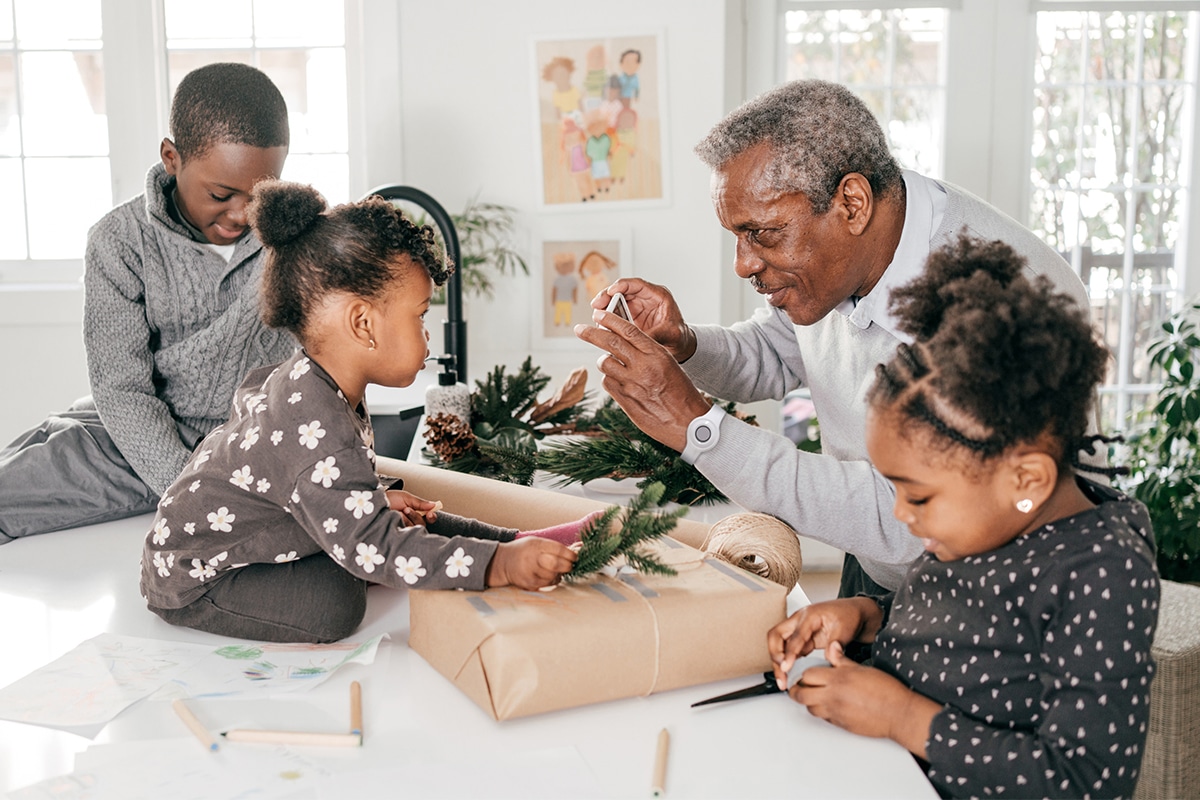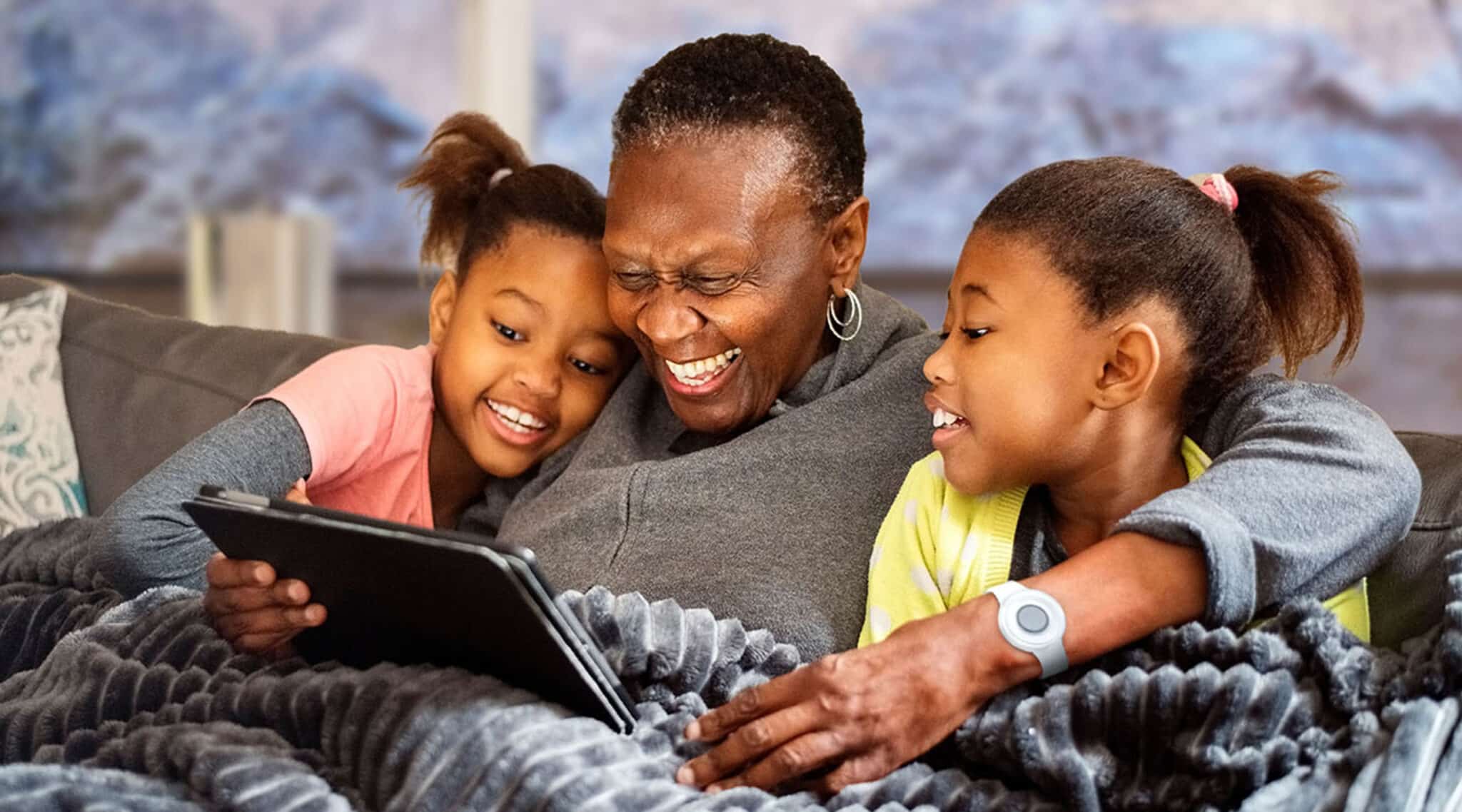Each year, over 35 million people are discharged from the hospital in the U.S. While most people look forward to returning home after a hospital stay, there can be some uncertainty around transitioning to home care. Fortunately, planning ahead can help ensure your recovery is easier, quicker and even less painful.
Hospital Discharge Planning Checklist for Seniors
Before you or your loved one is discharged from the hospital, you’ll want to understand your needs and ensure your home is set up appropriately. Here’s an easy hospital discharge planning checklist to help you get started:
- Consider your needs
- Prepare your home
- Get some help
- Make a plan to avoid falls
- Set up a medical alert system
Consider Your Needs
Chances are, you’ll need some extra help with your discharge protocol, as well as everyday tasks around the house. The type of help you need will vary from procedure to procedure, even person to person. Talk with your doctor and caregiver to plan out these important details as far in advance of your discharge as possible.
- Personal Care: Will you need help bathing, eating, dressing or using the bathroom?
- Household Care: Will you need help cooking, cleaning, doing laundry, shopping or caring for your pets?
- Healthcare: Will you need help managing medications, getting prescriptions filled or getting to doctor’s appointments or physical therapy?
- Medical Care: Will you need any specialized equipment, such as a hospital bed, shower chair, commode or oxygen tank? Does your recovery include any special skin care, wound treatment or injections? Do you or your caretaker need any special training on the equipment or aftercare procedures?
Prepare Your Home
Getting your house ready for home care requires some thoughtful preparation. The more you can prepare in advance, the easier your transition will be—and the faster you can focus on what’s important: getting better.
- Make sure your home is clean, comfortable and adequately heated or cooled.
- Make room for any specialized medical equipment you may need.
- If there are stairs to the front of your home, consider installing a ramp to allow for easy access.
- Set your bed up on the first floor (or entry floor) if possible.
- Have a bathroom or portable commode close by.
- Gather everything you’ll need to use frequently, including a notepad, pen and any important instructions and supplies you’ll use daily. Store these items somewhere that doesn’t require bending down or reaching up.
- Set up safety bars, or grab bars, in the bathroom to help you sit down and get up from the toilet and bathtub.
- Use a non-slip suction mat in the tub and a non-skid bath mat outside the tub.
- Place soap and shampoo in a spot that doesn’t require standing up, twisting or reaching to get it.
- Get a bath or shower chair with rubber tips on the feet.
Get Some Help
A few helpful items can increase your mobility and accessibility. Consider the following additions to improve your quality of life during your recovery:
- Cane, crutches or a walker
- Basket on a walker to keep important items close by
- Raised toilet seat
- Handheld shower nozzle
- Shower sponge with a long handle
- Shoe horn with a long handle
- Reacher/grabber tool to help pick things up or put on clothing
Make a Plan to Avoid Falls
Take a quick survey of your home to identify potential tripping hazards. Preventing a fall can be paramount when it comes to a quick, easy recovery.
- Move any loose wires or cords in heavily trafficked areas.
- Remove any loose throw rugs.
- Fix any uneven flooring, especially in doorways.
- Ensure adequate lighting in the areas you’ll be moving through.
- Install nightlights in hallways and dark rooms.
Small pets can also pose a potential tripping hazard. Make sure your furry companion is cared for—and not underfoot—during your recovery time.
Consider getting a fall detection device in case a fall occurs. These devices will signal for help if a fall is detected, and can offer a sense of security for the times you’re at home alone.
Set up a Medical Alert System
Medical alert systems can provide peace of mind when it comes to your home recovery, especially if you live alone. They contact emergency services and even loved ones if you find yourself in need of assistance. These usually come in the form of a lightweight pendant or bracelet that you wear at all times. Some models have built-in fall detection that automatically senses a fall and connects you with the help you need. This can provide an extra measure of safety to put you at ease during your recovery.
Remember, a little preparation goes a long way in your at-home care, so start early, talk openly with your doctors and caretakers and be sure to get answers to all of your questions ahead of time.
Source: https://www.uptodate.com/contents/hospital-discharge-and-readmission
